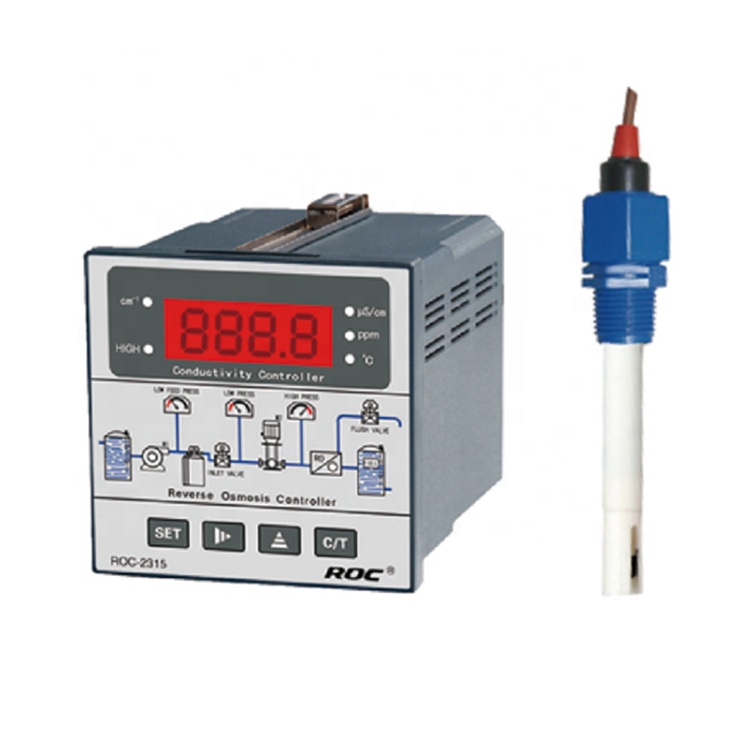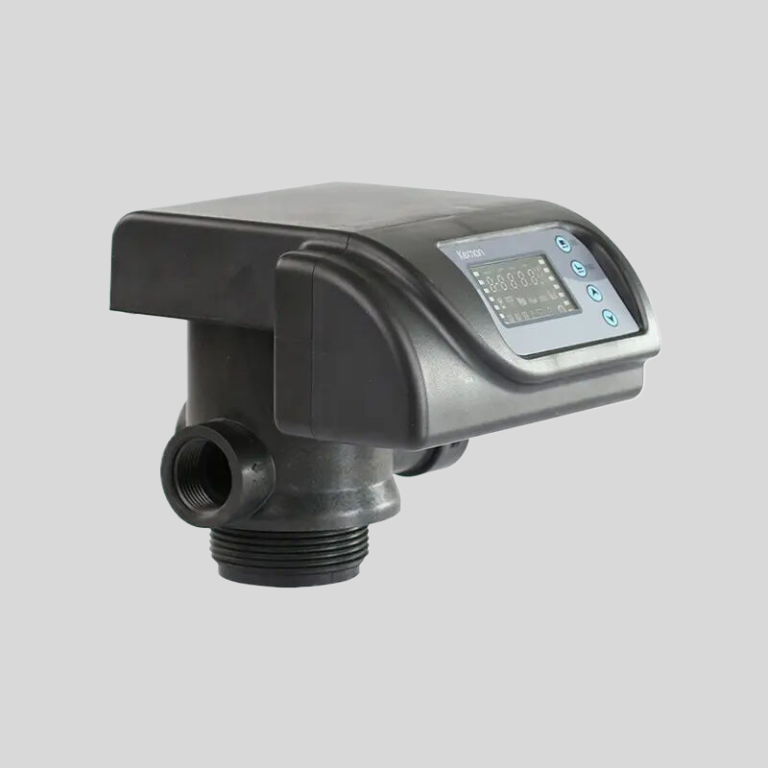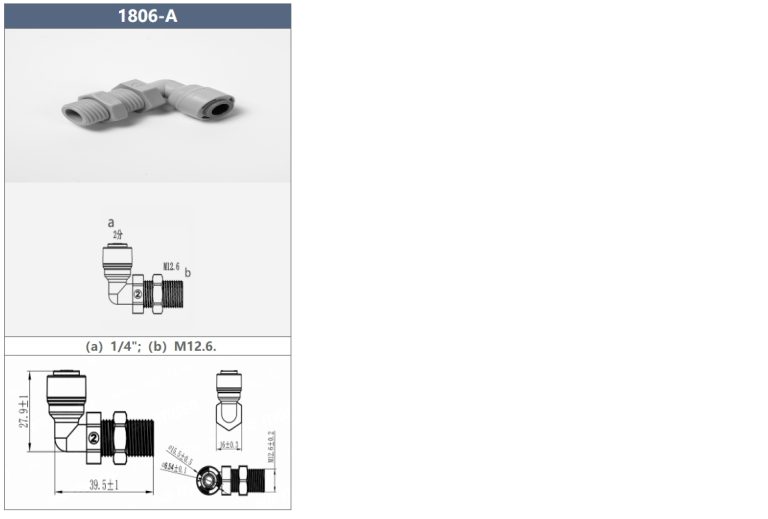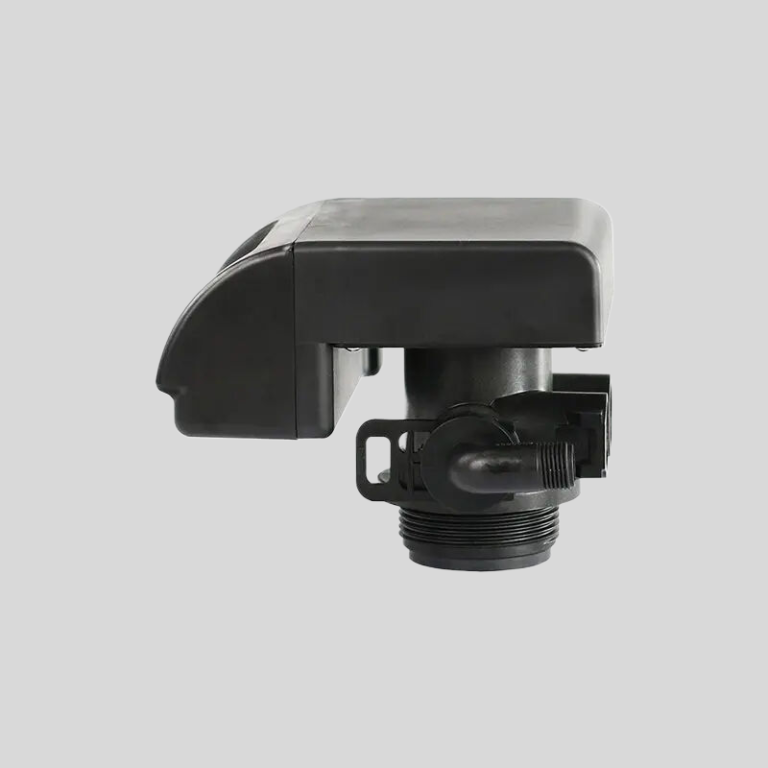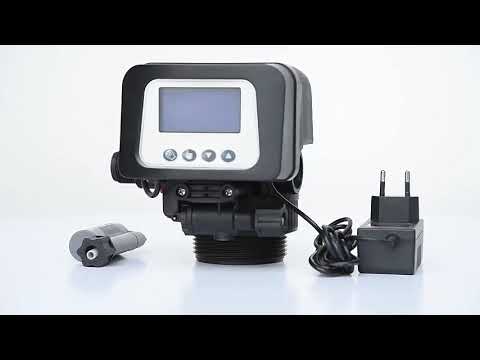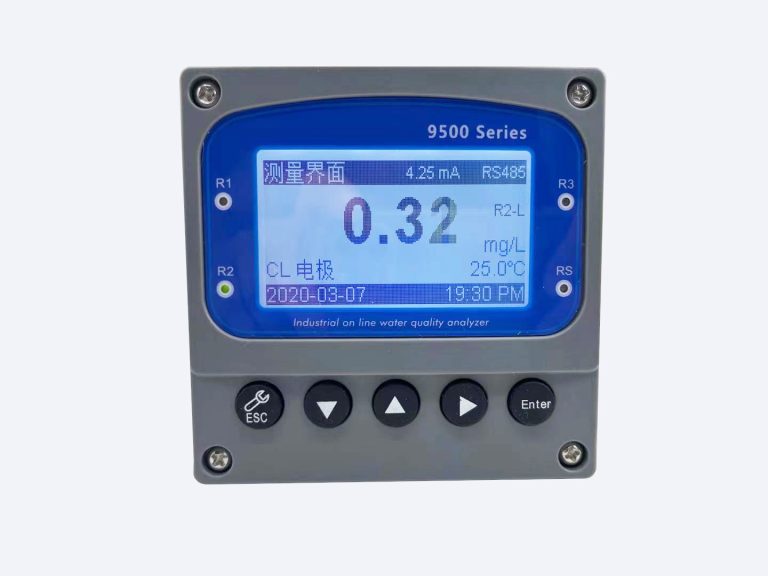Benefits of Using Zone Control Valves in HVAC Systems: A Comprehensive Guide
Zone control valves play a crucial role in enhancing the efficiency and effectiveness of HVAC systems. These valves are instrumental in regulating the flow of hot or cold water to different zones within a building, allowing for precise temperature control and energy savings. In this comprehensive guide, we will delve into the benefits of using zone control valves in HVAC systems.
One of the primary advantages of zone control valves is the ability to customize heating and cooling in specific areas of a building. By dividing a building into multiple zones, each equipped with its own valve, users can independently control the temperature in each zone. This not only ensures optimal comfort for occupants but also leads to significant energy savings by avoiding unnecessary heating or cooling of unoccupied areas.
Moreover, zone control valves enable users to prioritize certain zones over others based on occupancy or usage patterns. For instance, in a commercial building, the office spaces may require heating during working hours, while the meeting rooms can be kept at a slightly lower temperature. By adjusting the valves accordingly, users can allocate resources efficiently and reduce energy wastage.
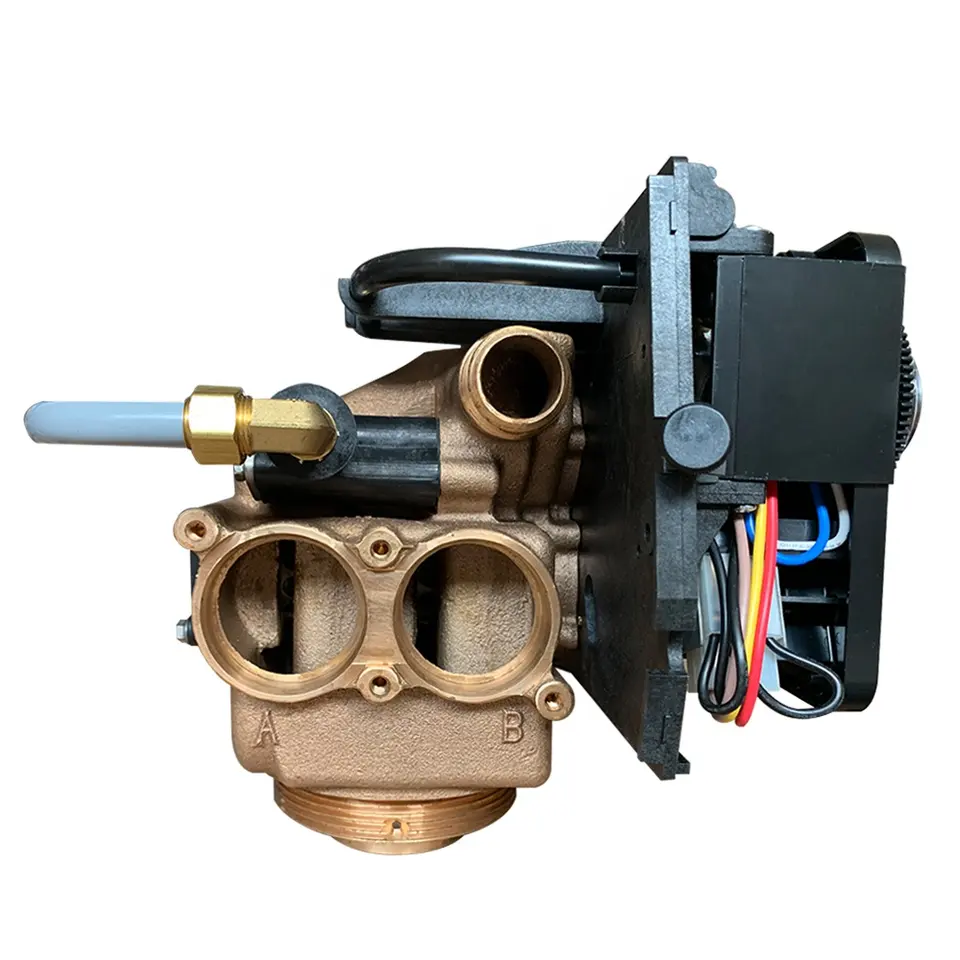
Another key benefit of zone control valves is their ability to prevent overheating or overcooling in specific areas. In traditional HVAC systems with single-zone control, it is common for certain rooms to become too hot or too cold due to variations in sunlight exposure or insulation. By installing zone control valves, users can fine-tune the temperature in each zone, ensuring a comfortable environment throughout the building.
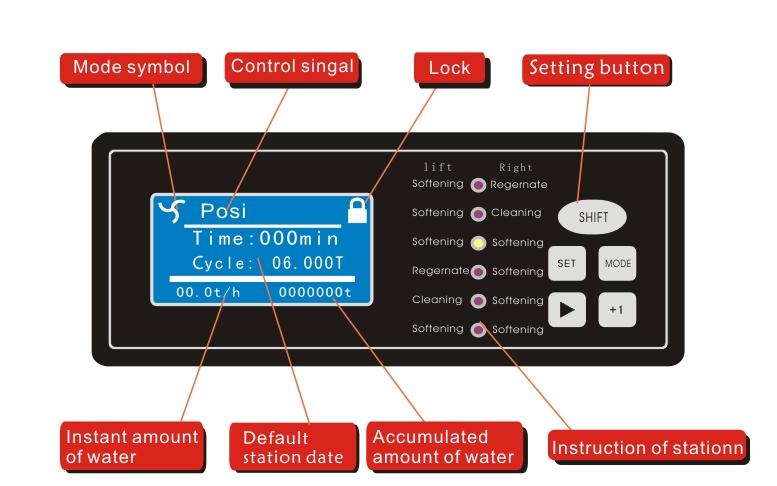
In addition to improving comfort and energy efficiency, zone control valves also contribute to extending the lifespan of HVAC equipment. By reducing the workload on the system and minimizing the frequency of cycling on and off, zone control valves help prevent unnecessary wear and tear on components. This not only lowers maintenance costs but also prolongs the overall lifespan of the HVAC system.
| Model | Central tube | Drain | Brine tank connector | Base | Maximum power | Operating temperature |
| 5600 | 0.8125″/1.050″ O.D. | 1/2″NPTF | 1600-3/8″ | 2-1/2″-8NPSM | 3W | 1℃-43℃ |
Furthermore, zone control valves offer flexibility in system design and installation. Whether retrofitting an existing HVAC system or designing a new one, zone control valves can be easily integrated to meet the specific requirements of the building. This flexibility allows for scalability and future expansion, making it a versatile solution for a wide range of applications.
In conclusion, the benefits of using zone control valves in HVAC systems are vast and impactful. From improved comfort and energy efficiency to extended equipment lifespan and flexibility in system design, zone control valves offer a comprehensive solution for optimizing heating and cooling in buildings. By leveraging the advantages of zone control valves, users can achieve greater control, efficiency, and cost savings in their HVAC operations.
| GL large | ||||
| Model | GL15 Side/Top | GL20 Side/Top | GL40 Side/Top | GL50 |
| Output Max | 18T/H | 25T/H | 48T/H | 70T/H |

